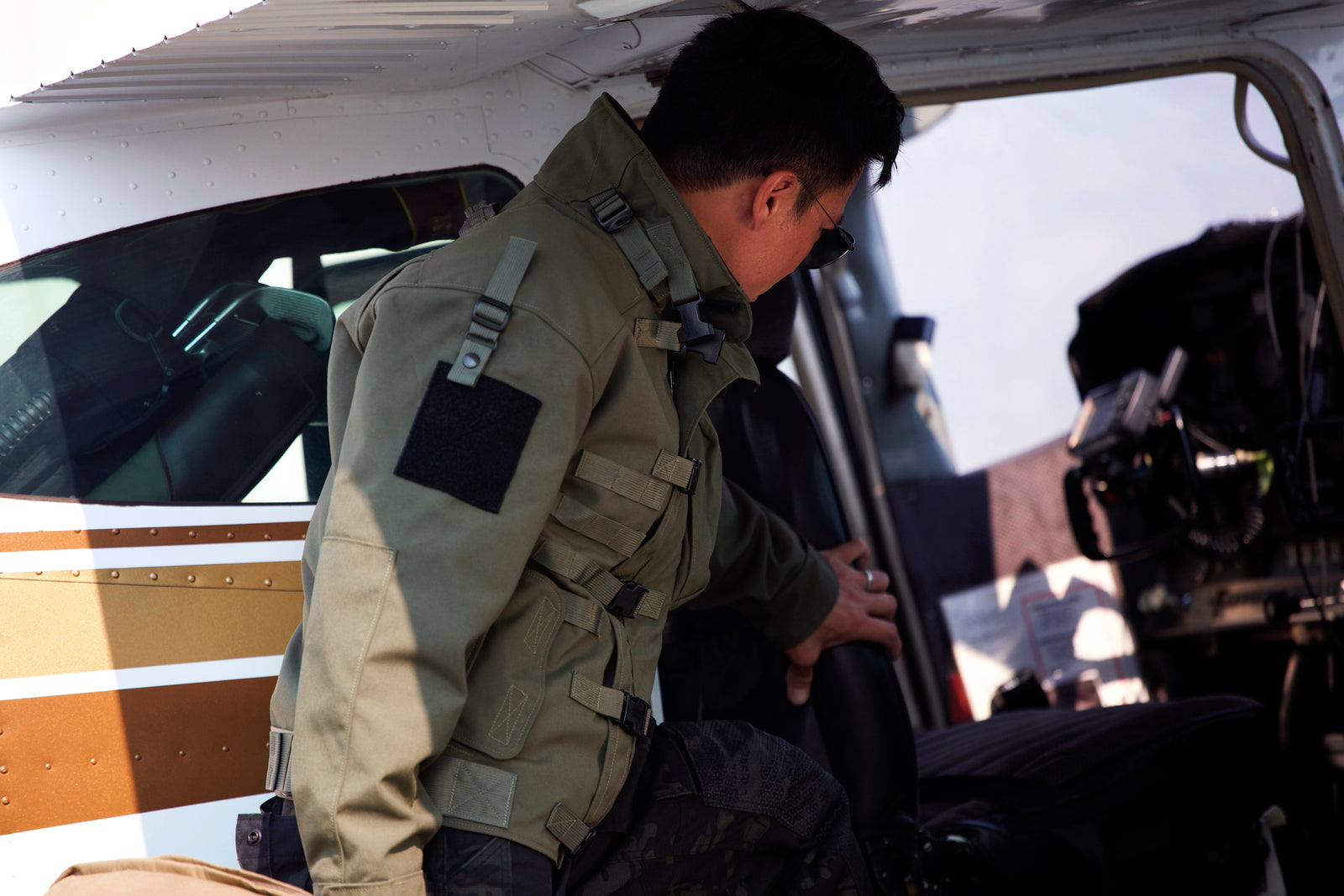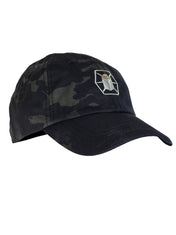Imagine this scenario: you’re driving down a long road in the middle of Nowhere, USA, and suddenly your tire pops. You don’t have a spare. You don’t get cell service on this side of the country and will have to wait for help to come along. While nothing will make the situation magically disappear, there are definitely ways to make the wait more bearable. How? Be prepared, always.
While the scenario we gave is fairly mild, Everyday Carry (EDC) kits can be a literal lifesaver when it comes to emergencies, whether you are fleeing severe weather, breaking down during a road trip, or need to get out of a situation fast. Realistically, even with an at-home emergency kit, you still need something to sustain you for roadside crises. No matter what, you should always have essential items with you in your vehicle just in case of an emergency.
While your own needs may vary, we're giving you a solid outline of supplies to include that both beginner and experienced survivalists should consider when assembling their kits.
Why Should I Have a Vehicle EDC Kit?
There are many situations where having an EDC kit in your car can be the difference between life and death. While that sounds dramatic, here are a couple of scenarios where having items in your kit can save your life:
- Preventing extreme thirst and hunger.
- Protecting yourself from severe weather.
- Fending off an attacker or wild animal.
- To bring attention to yourself so potential rescuers can see where you are.
- Escaping from a sinking or falling car.
- To give yourself more time in medical emergencies until first responders can arrive.
The Four Pillars of Survival
When it comes to basic survival skills, remember these four essential needs:
- Food
- Water
- Shelter
- Fire
While you don’t need to haul a large survival kit in your trunk, your EDC kit should have items that can address these needs for at least 24 hours. The goal is to carry just enough to get you through until you arrive at a stable environment, whether your home or a storm shelter. So hold off on stocking up on a bunch of snacks and gallons of water that take up space. When scouting for supplies, make sure you have these items in your vehicle's EDC kit.
Disposable Emergency Blanket
Compact but practical nonetheless, disposable emergency blankets are small enough to fit into your pocket but can keep you warm in cold weather in a pinch. Skilled survivalists will already know that with a bit of rope, it can transform into a tent. With their reflective material, disposable emergency blankets can retain 90 percent of your body heat. Doubled with a well-designed jacket, you’re sure to be prepared for nearly any emergency. But if you forget the jacket, emergency blankets can be the key to getting through a challenging situation.
A Utility or Pocket Knife
There are plenty of different kinds of knives that can be useful in a vehicle EDC kit. In our opinion, a utility knife covers a lot of your potential needs, such as hunting and cutting rope. You can also include a pocket knife, a Swiss Army knife, or other compact blades. Make certain you know your location’s laws about what types of knives you can carry in your vehicle before making any purchases.
Glow Sticks or a Flashlight
Having a steady source of light that doesn’t rely on a phone app is a must. And no, we don’t mean the glow sticks intended for parties or can be turned into bracelets. Glow sticks designed for EDC kits exist and can be ordered online or carried in your local outdoor recreation store. You can also invest in a sturdy yet portable flashlight that illuminates longer distances and is made to withstand outdoor conditions.
Lighter or Other Fire-Starters
Yes, if you’re survival-savvy, you don’t necessarily need a lighter to start a fire, but it’s a lot easier if you do. Any basic lighter will do, and you can easily obtain an inexpensive one from most convenience stores. As an alternative, a Ferro rod can make an incredibly efficient fire in seconds and works in most environments. If you live in an area that experiences snowstorms or is a wet environment, a WetFire cube is another portable option that works better in wetter conditions.
Rope or Cordage
Rope or another heavy-duty cordage can help you set up shelter, secure food from wildlife, be used as a fishing line, a belt, and so much more. While you can make your own rope using grass or other natural materials, it’s a time-consuming process. It requires a lot of practice, something you may not have time for while stuck in a potentially dangerous situation. You may want to include multiple types of rope for various needs, though Paracord is a favorite among survivalists. If you’re going to take an extra step, buy cordage that can be used as shoelaces, double as a bracelet, or other everyday items worn on the body.
Non-Perishable Snacks
We're not talking about canned soup or anything else heavy and bulky. Opt for jerky, granola bars, or other protein-filled snacks. Avoid anything that could melt easily or be crushed beyond edibility. While snacks aren't absolute necessities to include, it never hurts to be prepared, ever. Just remember to check the expiration date and switch it out with something fresher, so you’re always ready and don’t have to scarf down stale snacks.
Water Bottle and Water Purification Supplies
Reusable water bottles are easy to find, and you probably already have a few. What you may not have are some water purification supplies. Even if you are able to find water in a nearby creek or river, any water outside of a faucet or pre-bottled product could be contaminated. That isn’t an exaggeration, either. Only 1.2 percent of the world’s fresh water is drinkable on its own, so don’t take the risk. Pick up some water purification tablets to have in your kit or purchase a water bottle with a built-in filter. Better yet, have both on hand.
Spare Clothes
If your clothes get drenched in the rain, or you just need something to keep you warm, make sure you have one set of clothes for hot and cold environments. This includes accessories such as scarves or hats that can protect you from extreme weather.
First Aid Kit
You don’t need to pack an entire doctor’s office, but having a first aid kit can provide proper intervention until you can get real medical attention. Make sure your first aid kit has the following:
- Bandages
- Extra medication, prescribed and over-the-counter medicines like aspirin or ibuprofen
- Gauze
- Antibiotic ointment
- Alcohol cleansing wipes
- Burn cream
- An EpiPen (if you have a history of severe allergic reactions.)
- Tourniquet (Alternative: Use cordage or a strip of fabric from your shirt as a substitute.)
Ready to Upgrade? Kitanica Can Help
Since 1995, Kitanica has designed durable and functional survival gear. It even caught the attention of Mythbusters host Adam Savage. No matter your needs, we have reliable gear made for you. Jackets, pants, belts, and so much more for every survivalist at every stage.
Sources:




1 comment
Recoil Off Grid magazine (Issue 55) had an article about Extreme Hot Weather Gear – all in one Kitanica Bag, for $141. I cannot find this gear on your website. Please help. Thank you. Dan